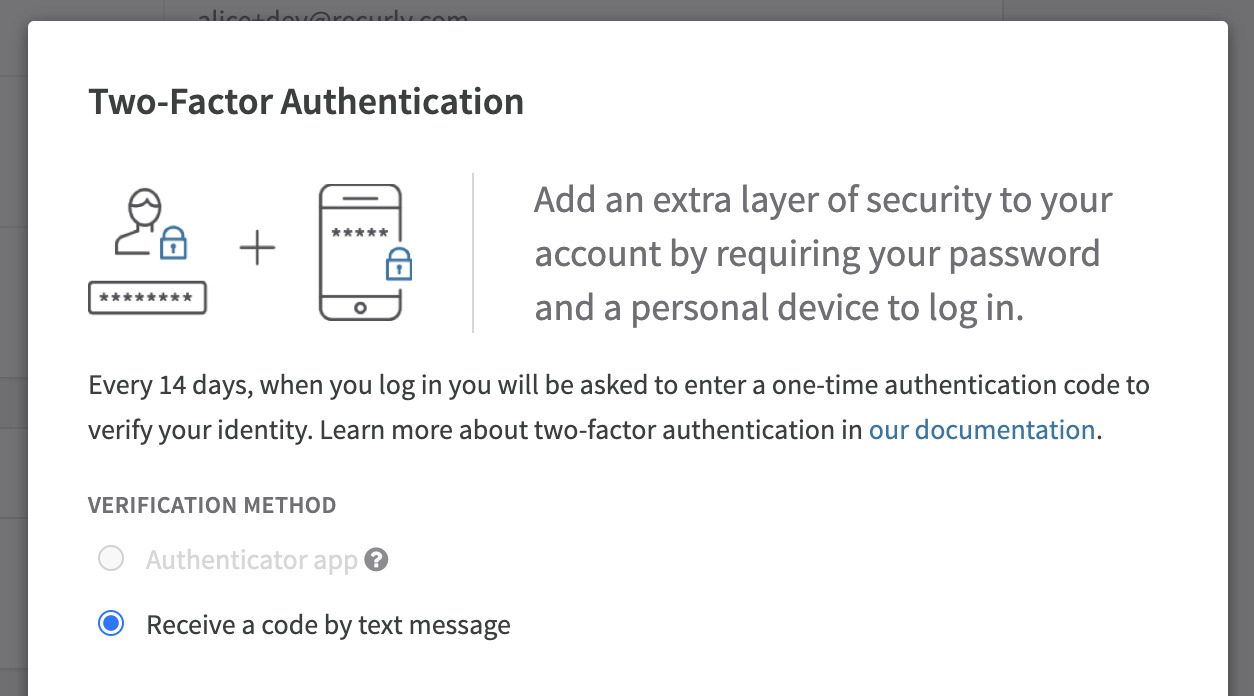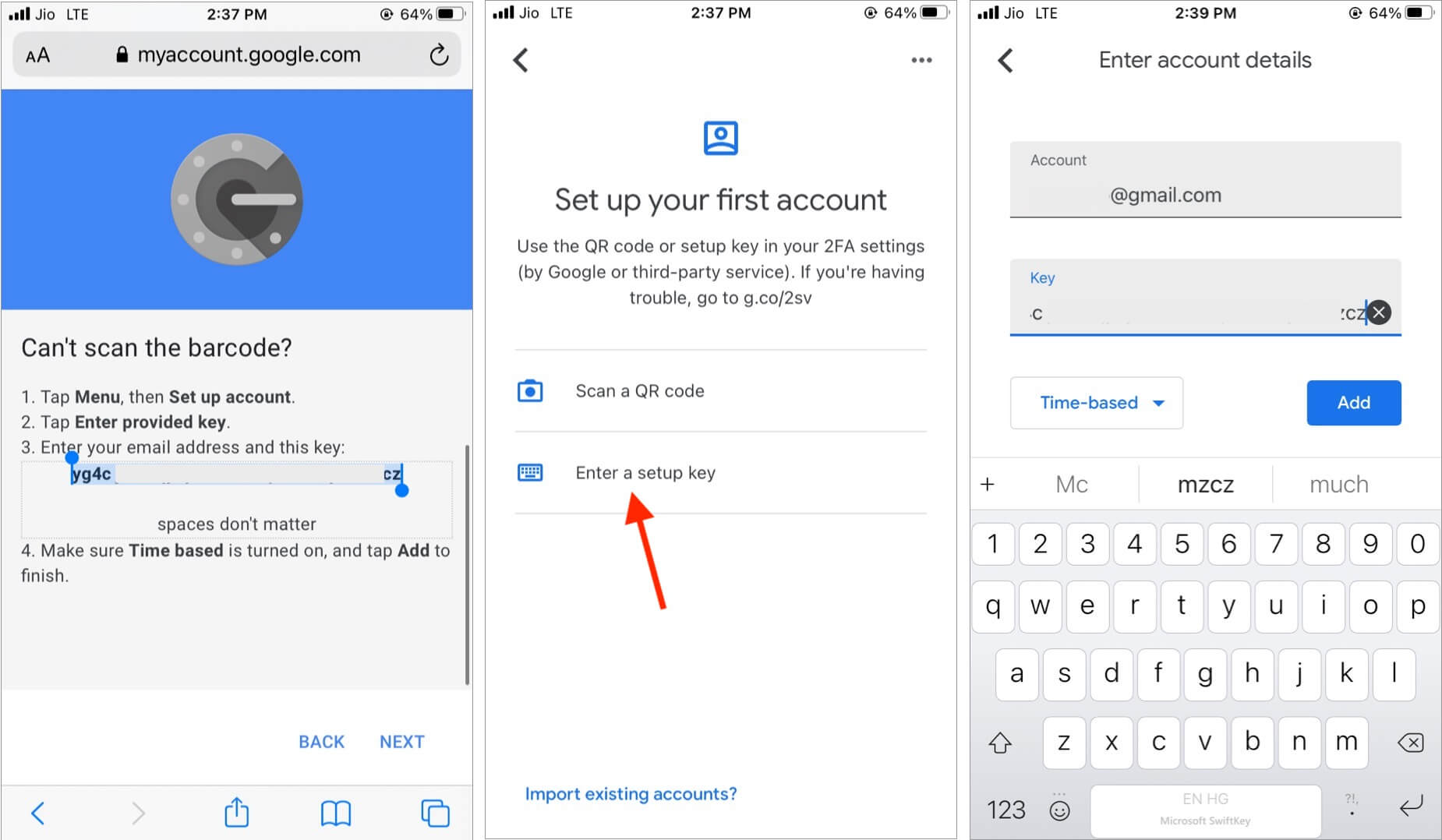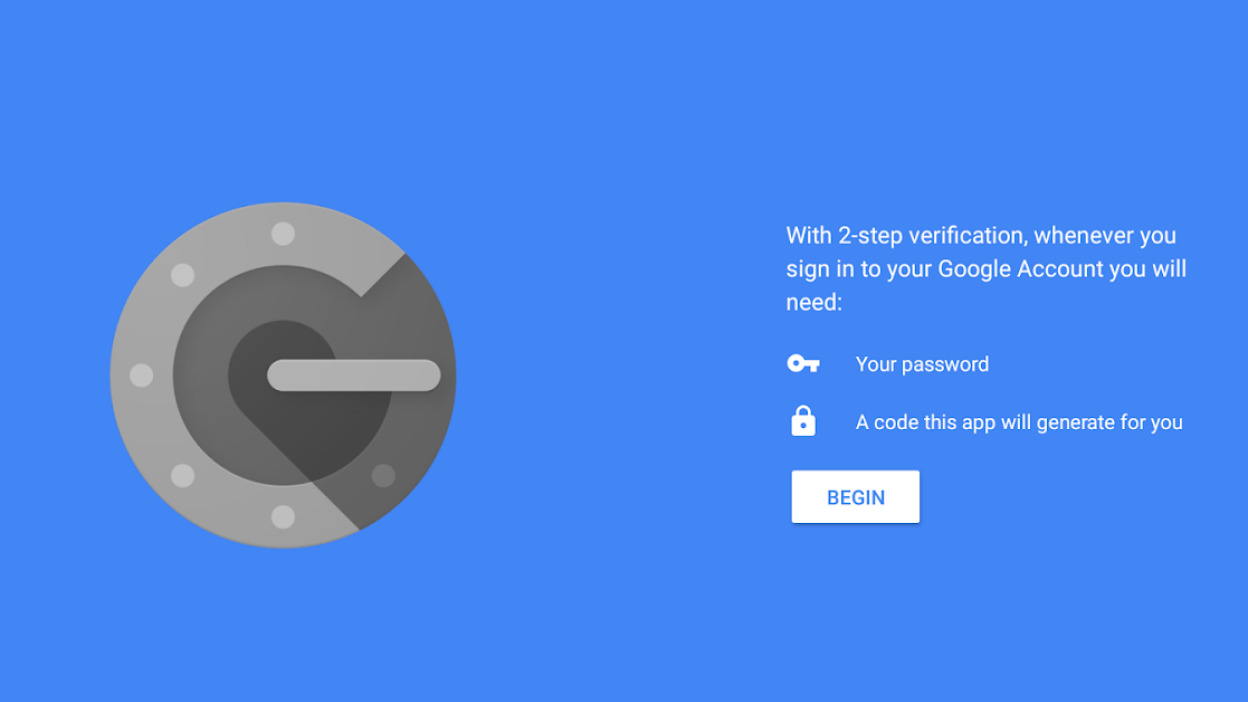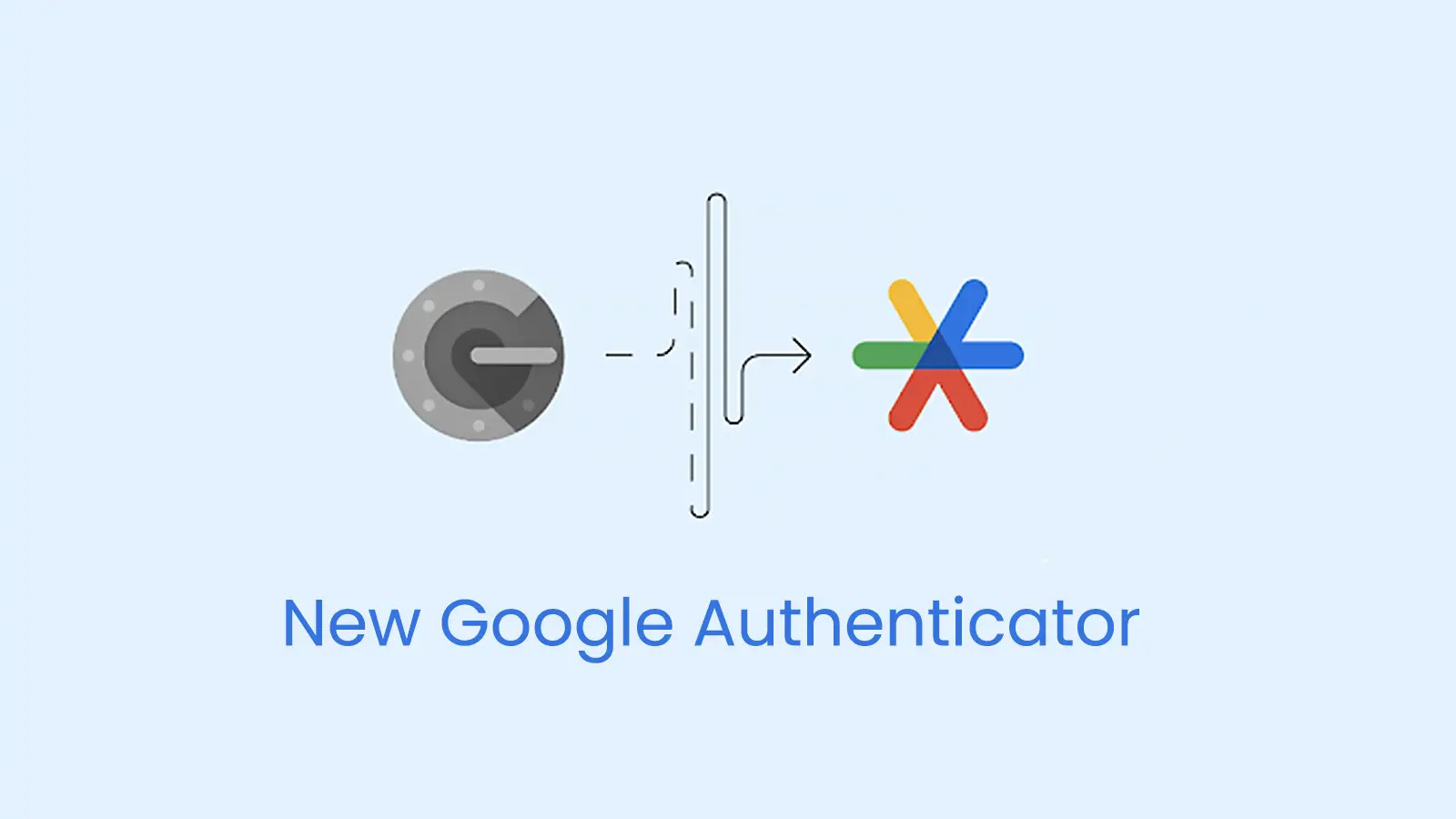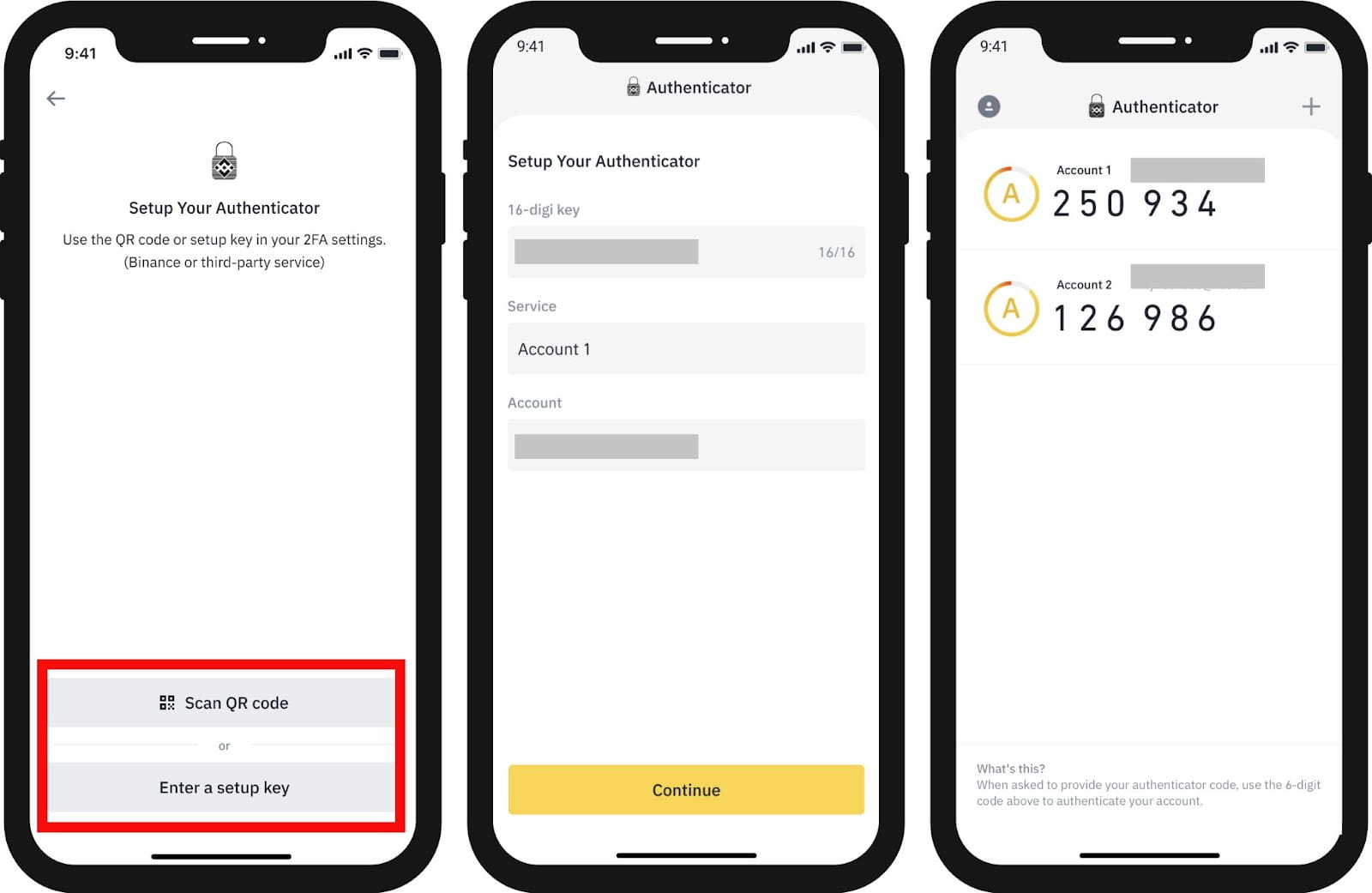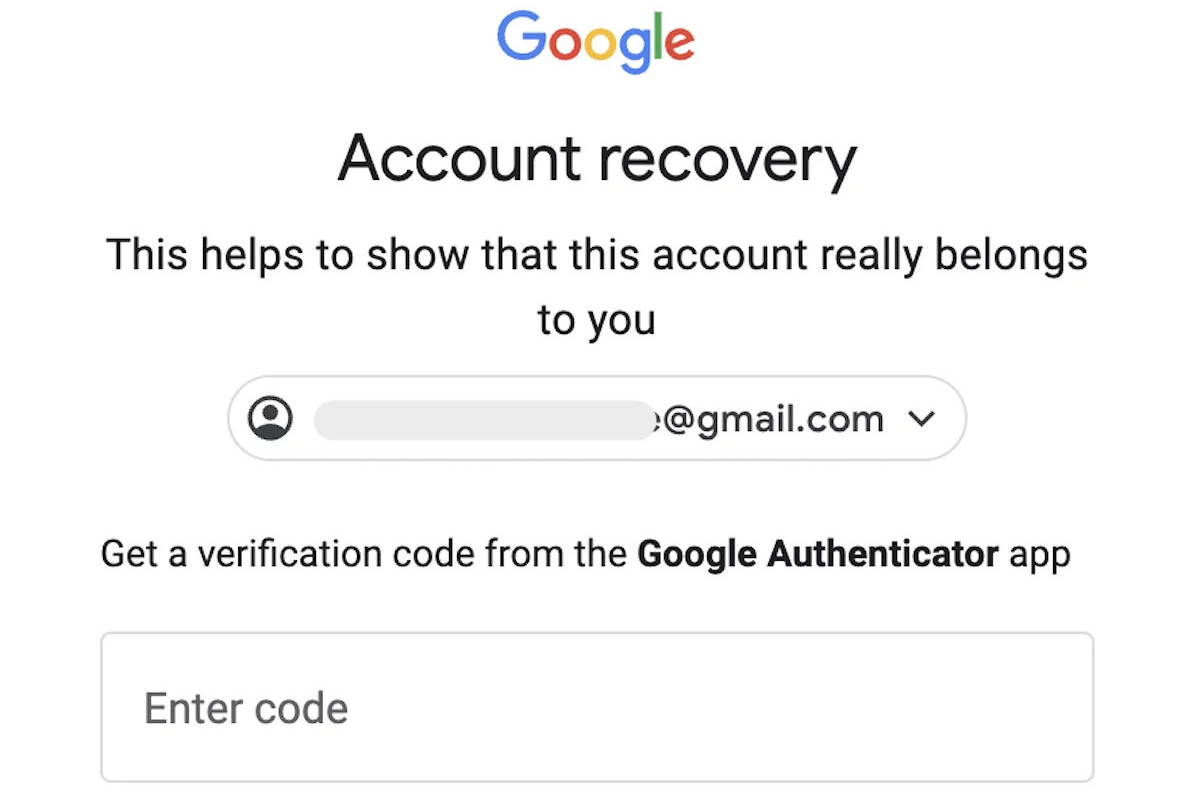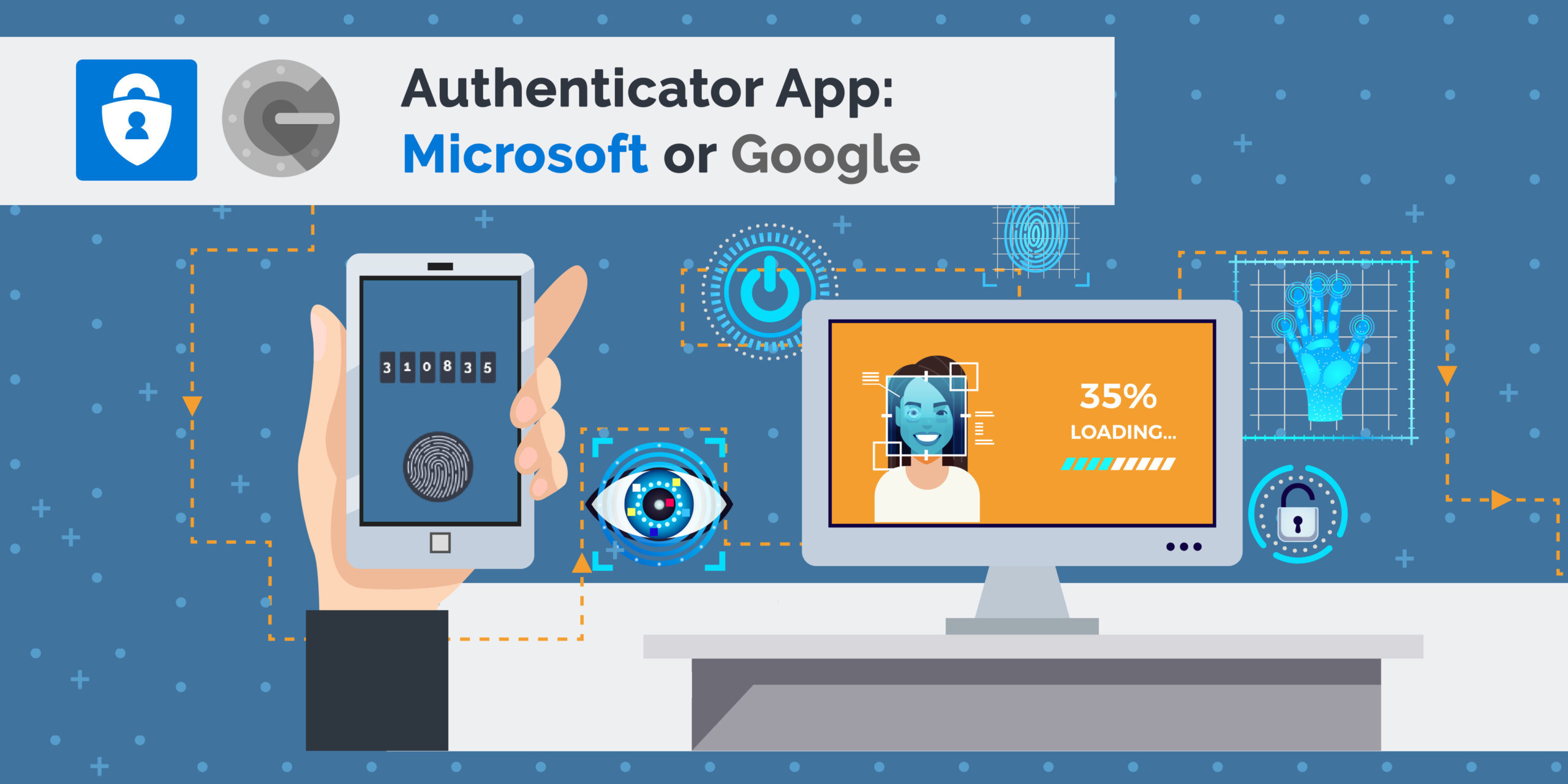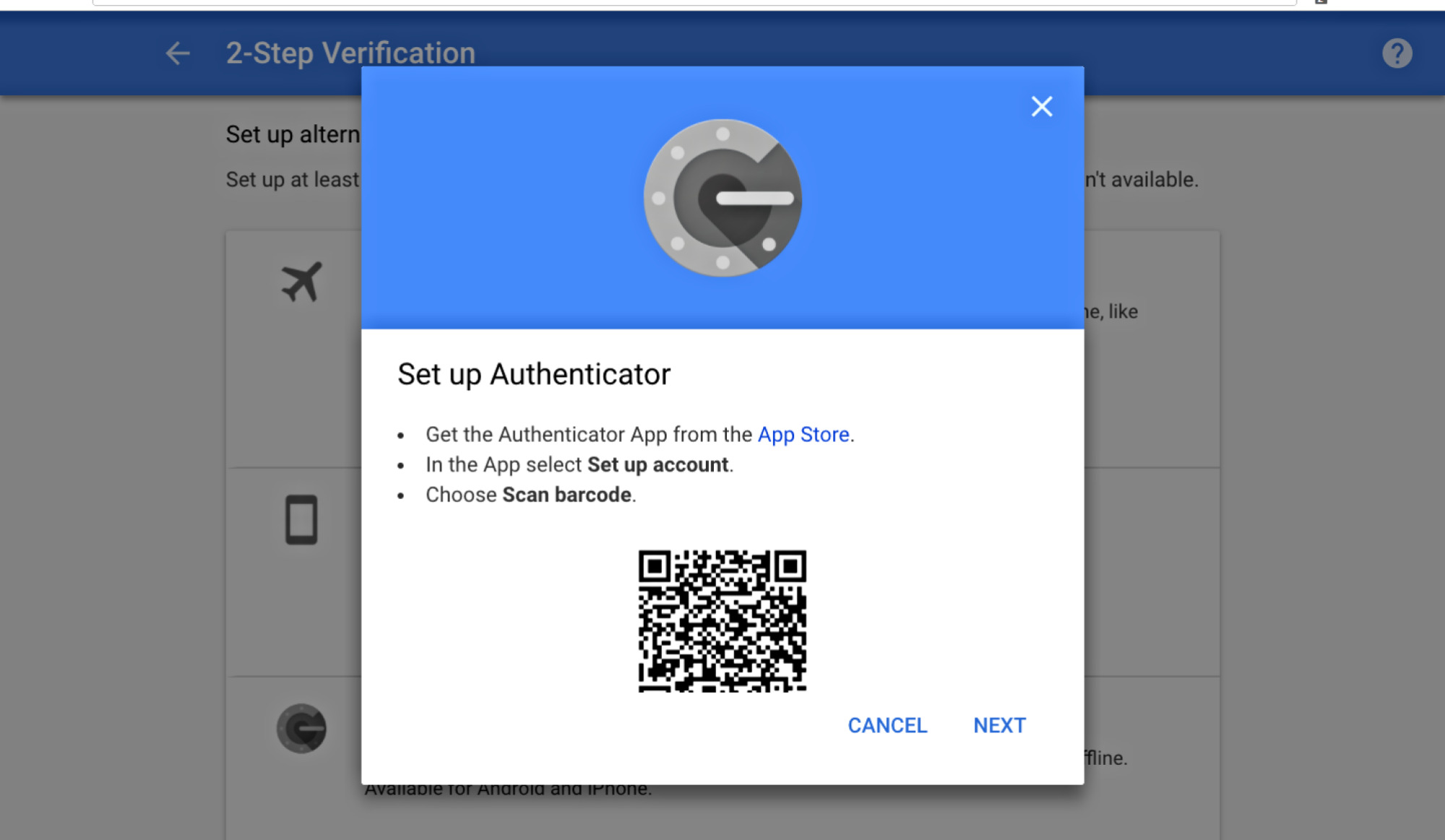Introduction
When it comes to securing your online accounts, using a strong password is no longer enough. With the rise of cyber threats and hacking attempts, it has become essential to add an extra layer of protection to your sensitive information. This is where the Google Authenticator app comes in. This powerful app allows you to generate verification codes that act as a second factor of authentication, making it much harder for unauthorized individuals to gain access to your accounts.
But what exactly is the Google Authenticator app? How does it work? And how can you use it to get verification codes? In this article, we will answer these questions and guide you through the process of setting up and using the Google Authenticator app to ensure the security of your online accounts.
The Google Authenticator app is a free mobile application available for both Android and iOS devices. It is designed to provide an additional layer of security for your online accounts by generating time-based one-time passwords (TOTP). These passwords, commonly referred to as verification codes, are used in conjunction with your regular password to verify your identity when logging in to various websites and online services.
Setting up the Google Authenticator app is a straightforward process. Firstly, you need to download and install the app from the official app store for your device. Once installed, you will need to enable two-factor authentication for the websites or services you want to use with the Google Authenticator app. This can usually be done through the account settings or security options on the respective websites.
To enable two-factor authentication, you will usually have to scan a barcode or manually enter a secret key provided by the website or service. The Google Authenticator app will then generate a unique verification code for that particular account. This code changes every few seconds, ensuring that only the person with access to the app can generate the correct code.
Generating verification codes from the Google Authenticator app is a simple process. Once you have set up the app and added your accounts, you can open the app and view the verification codes for each account. These codes can be used in combination with your regular password to log in to the respective accounts or services.
It’s important to note that the Google Authenticator app works offline, meaning it doesn’t require an internet connection to generate verification codes. This can be particularly useful when traveling or in areas with limited connectivity.
In case you lose or replace your device, you will need to transfer your accounts from the old device to the new one. Fortunately, most websites and services provide options to help you do this. You can usually find instructions on how to transfer your accounts in the account settings or support documentation of the specific website or service.
In the following sections, we will delve deeper into the process of setting up the Google Authenticator app, generating verification codes, and provide troubleshooting tips for common issues that may arise.
What is Google Authenticator App?
The Google Authenticator app is a mobile application developed by Google that provides an additional layer of security for your online accounts. It serves as a two-factor authentication method, offering an extra level of protection alongside your regular password.
Two-factor authentication (2FA) adds an extra step to the login process, making it more difficult for unauthorized individuals to gain access to your accounts. With the Google Authenticator app, this second step involves generating time-based one-time passwords (TOTP).
Unlike traditional authentication methods, such as security questions or SMS verification codes, the Google Authenticator app generates unique verification codes that change every few seconds. This means that even if someone manages to obtain your password, they won’t be able to access your accounts without the corresponding verification code.
The Google Authenticator app is available for both Android and iOS devices, making it accessible to a wide range of users. It is a reliable and secure solution, developed by Google, a trusted name in the tech industry.
One of the key advantages of using the Google Authenticator app is that it functions offline. This means that even if you do not have an internet connection, you can still generate verification codes and access your accounts securely. This can be immensely beneficial when traveling or in areas with limited connectivity.
Another notable feature of the Google Authenticator app is its compatibility with multiple websites and online services. Many popular websites, such as Google, Facebook, Twitter, and Dropbox, support the use of the Google Authenticator app for two-factor authentication. This allows you to consolidate your authentication process into a single app, eliminating the need for separate authentication methods for each website.
Furthermore, the Google Authenticator app supports the scanning of QR codes, simplifying the setup process for adding accounts. By scanning a QR code provided by a website or service, the app automatically extracts the necessary information to generate verification codes for that specific account. This seamless integration makes it easy and convenient to set up the app for multiple accounts.
In summary, the Google Authenticator app is a reliable and effective tool for adding an extra layer of security to your online accounts. By generating time-based one-time passwords, it significantly enhances the security of your accounts and protects them from unauthorized access. Its compatibility with various websites and services, offline functionality, and user-friendly features make it a popular choice for individuals looking to safeguard their digital identities.
Setting up Google Authenticator App
Setting up the Google Authenticator app is a straightforward process that requires a few simple steps. Follow the instructions below to get started:
- First, you need to download and install the Google Authenticator app from the official app store for your device. The app is available for both Android and iOS platforms, ensuring compatibility with a wide range of smartphones and tablets.
- Once the app is installed, open it and you will be greeted with a setup screen. Tap on the “Begin setup” button to proceed.
- Next, you will be prompted to choose between two options for adding an account: manual entry or scanning a QR code. Scanning a QR code is the easiest method, as it automatically extracts the necessary information for generating verification codes. If the website or service you are setting up supports QR code scanning, select this option.
- If the QR code scanning option is selected, point the camera of your device at the QR code provided by the website or service. The app will read the code and automatically add the account details to the Google Authenticator app.
- If the website or service does not support QR code scanning, you can manually enter the account details by selecting the “Enter a provided key” option. The website or service will usually provide you with a secret key, which you can type into the app.
- After adding the account, the Google Authenticator app will generate a verification code. This code changes every few seconds, ensuring enhanced security.
- To complete the setup process, enter the verification code into the website or service you are setting up. This verifies that the Google Authenticator app is correctly synced with your account.
- Repeat the above steps for each additional account you want to add to the Google Authenticator app.
It is important to note that some websites or services may require you to set up two-factor authentication within their own account settings before adding them to the Google Authenticator app. This ensures that the verification codes generated by the app are accepted by the website or service.
Once you have successfully set up the Google Authenticator app and added your accounts, you will be able to view the verification codes for each account directly within the app. These codes can be used in combination with your regular password when logging in to the respective websites or services.
By setting up the Google Authenticator app, you are taking a proactive step towards enhancing the security of your online accounts. Enjoy the peace of mind that comes with knowing that your accounts are protected by an additional layer of authentication.
Generating Verification Code from Google Authenticator App
Once you have set up the Google Authenticator app and added your accounts, you can easily generate verification codes to secure your online logins. Here’s how you can generate verification codes from the Google Authenticator app:
- Launch the Google Authenticator app on your device.
- You will be presented with a list of your added accounts, each accompanied by a corresponding verification code.
- Locate the account for which you need a verification code and tap on it to reveal the code.
- The verification code will appear on your screen, and it will change every few seconds. This time-based element adds an extra layer of security to your account.
- To use the verification code, simply enter it along with your regular password when logging in to the corresponding website or service.
- If the verification code expires before you have a chance to use it, don”t worry. The Google Authenticator app will generate a new code automatically.
- Repeat the steps above for each account as needed, whether it’s for your email, social media, or other online services.
It’s important to note that the verification codes generated by the Google Authenticator app are specific to each account and change every few seconds. This means that even if someone manages to obtain one of your codes, it will be useless to them after a short period of time. This dynamic nature of the codes adds an extra layer of protection to your accounts, ensuring that only those with the correct codes and your passwords can access them.
Additionally, the Google Authenticator app allows you to generate verification codes even when offline, as it doesn’t rely on an internet connection to function. This can be especially useful if you find yourself in an area with limited or no internet access, as you’ll still be able to securely log in to your accounts.
By utilizing the Google Authenticator app and generating verification codes, you are effectively strengthening the security of your online accounts. With this added layer of protection, you can have peace of mind knowing that your sensitive information is safeguarded against unauthorized access.
Troubleshooting Tips
While the Google Authenticator app is designed to provide a seamless and secure two-factor authentication experience, there may be instances where you encounter issues or need assistance. Here are some troubleshooting tips to help you navigate common challenges:
- Sync Time: Ensure that the time on your device is accurately synced. The Google Authenticator app relies on the correct time to generate the verification codes. You can do this by enabling automatic time synchronization in your device settings.
- Backup Codes: Some websites or services provide backup codes for situations when you are unable to access the Google Authenticator app. It is a good practice to save these codes securely. In case you lose access to your device or the app, you can use these backup codes to regain entry to your accounts.
- Code Entry Errors: Mistyping the verification code can be a common issue. Double-check the code you are entering to ensure its accuracy. Remember that the codes are case-sensitive, so make sure you enter them exactly as they appear on the Google Authenticator app.
- Device Transfer: If you switch to a new device, you will need to transfer your accounts from the old device to the new one. Most websites or services provide instructions or options to transfer your accounts to a new device. Follow these steps to ensure a smooth transition without losing access to your accounts.
- Reinstallation: If you encounter persistent issues with the Google Authenticator app, you can try uninstalling and reinstalling the app on your device. This can sometimes resolve technical glitches or conflicts within the app.
- Contact Support: If you have followed the troubleshooting tips above and are still unable to resolve the issue, it is recommended to reach out to the support team of the website or service you are attempting to use the Google Authenticator app with. They will be able to provide further assistance and guidance specific to their platform.
Remember, the Google Authenticator app is a widely used and trusted tool for enhancing the security of your online accounts. However, it is crucial to stay informed and updated on any specific guidelines or requirements provided by the websites or services you’re using. By following best practices and addressing issues promptly, you can ensure a secure and seamless experience with the Google Authenticator app.
Conclusion
The Google Authenticator app is a powerful tool that adds an extra layer of security to your online accounts by generating time-based verification codes. With the ability to generate unique codes that change every few seconds, it significantly enhances the protection of your accounts and makes it more challenging for unauthorized individuals to gain access.
In this article, we have explored what the Google Authenticator app is and how it works. We have discussed the process of setting up the app, which involves downloading and installing it on your device, adding accounts, and generating verification codes. We have also provided troubleshooting tips to help you overcome any challenges you may encounter while using the app.
Using the Google Authenticator app is a reliable and convenient way to secure your online accounts. By implementing two-factor authentication, you are taking a proactive step in safeguarding your sensitive information from cyber threats and hacking attempts.
Remember, it is essential to follow best practices when using the Google Authenticator app. This includes ensuring that the time on your device is accurately synced, keeping backup codes in a secure location, and double-checking the entry of verification codes. If you face persistent issues, reach out to the support team of the website or service you are using for further assistance.
Overall, with the Google Authenticator app, you can have peace of mind knowing that your online accounts are protected by an additional layer of security. Take advantage of this powerful tool to enhance the security of your digital identity and enjoy a safer online experience.







